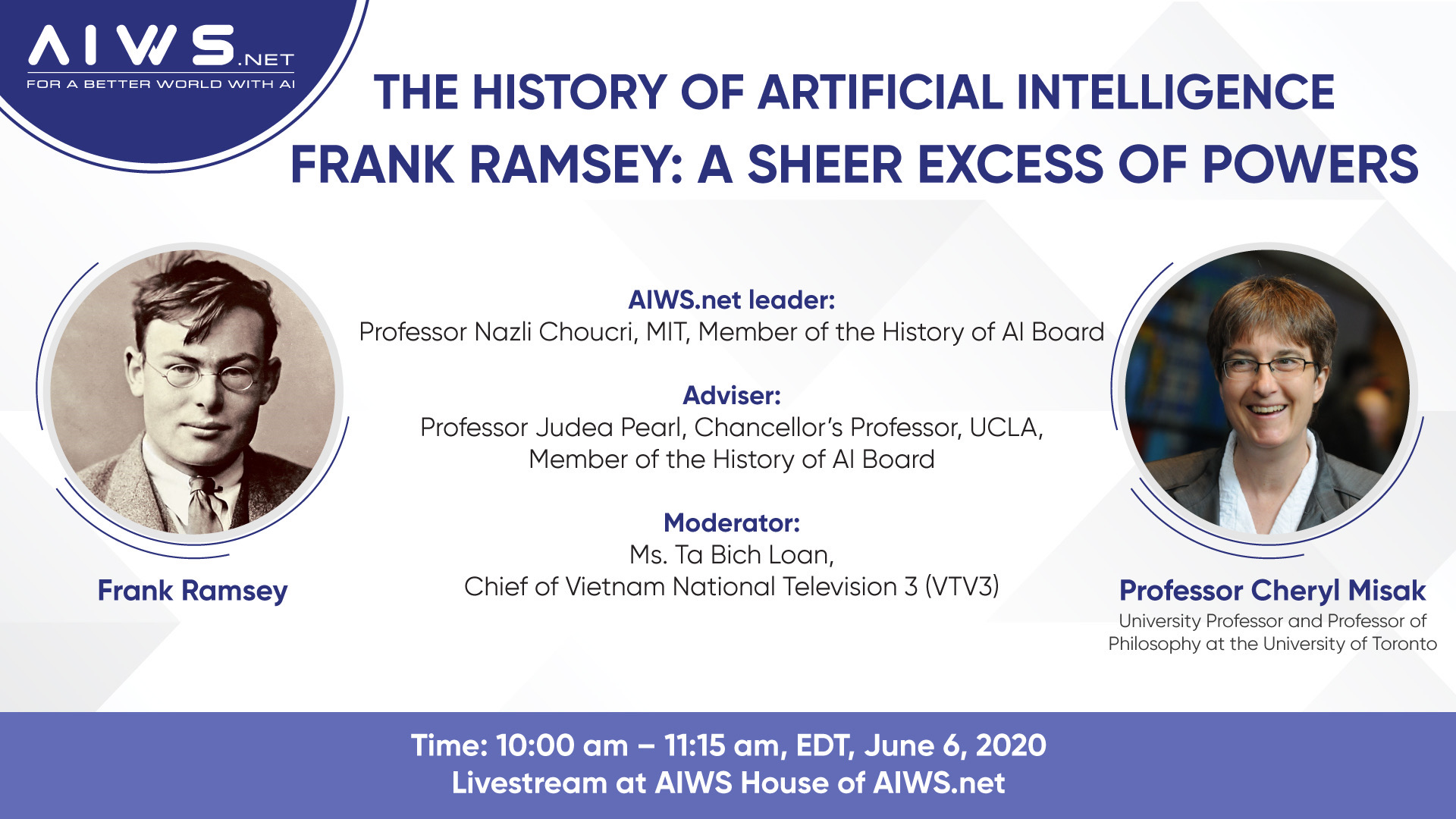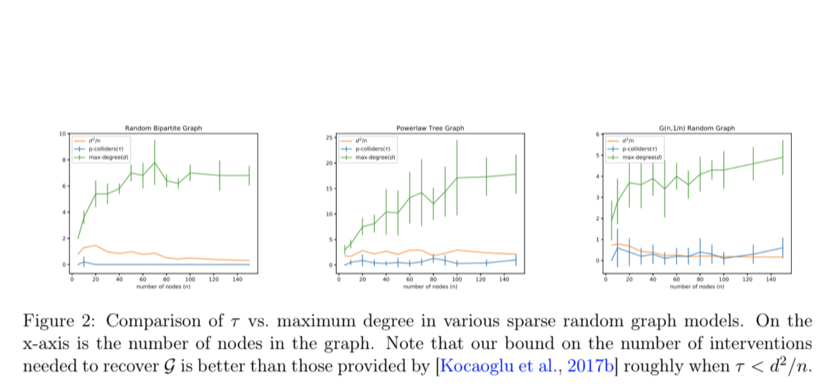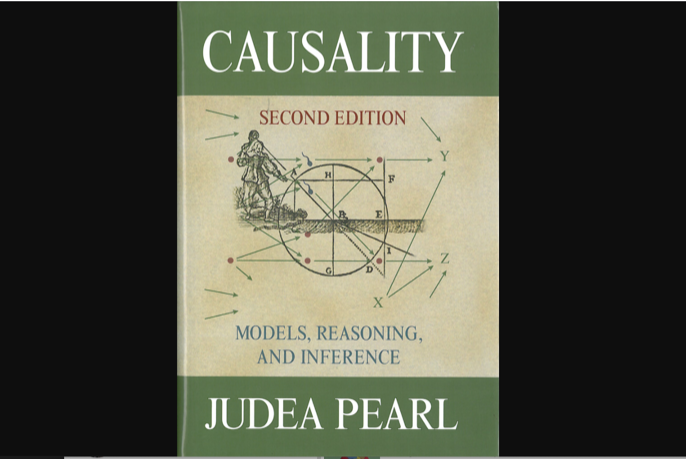The AI Chronicle and AIWS House start today, June 6, 2020
04 Jun, 2020
The Social Contract 2020, A New Social Contract in the Age of AI, sets the foundation for a new historical chapter: the emergence of AI societies. Governor Michael Dukakis stressed the importance of studying history to prevent past mistakes from repeating...












